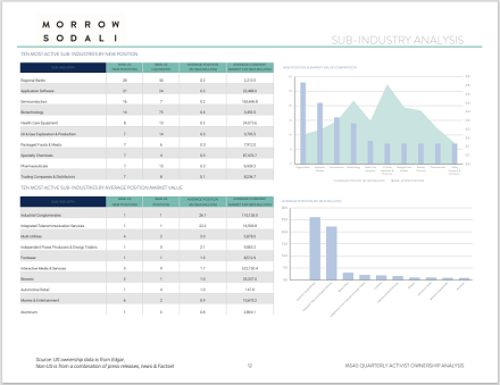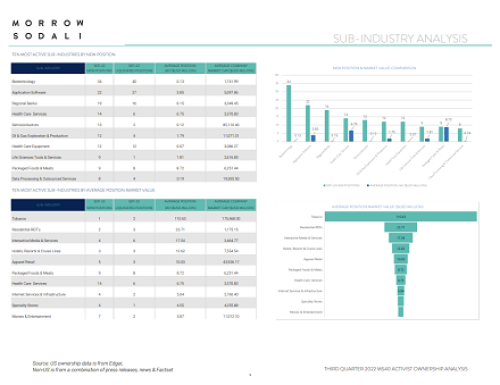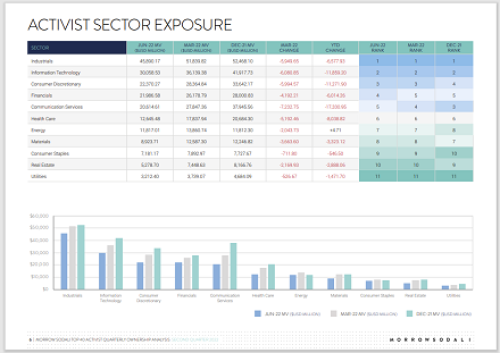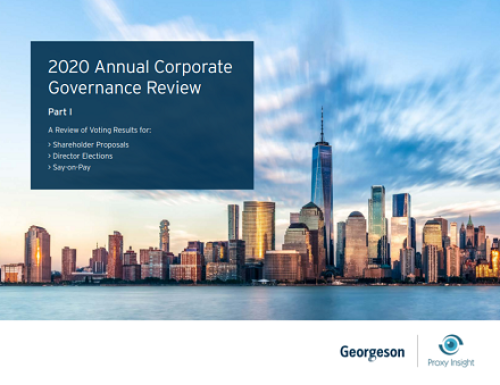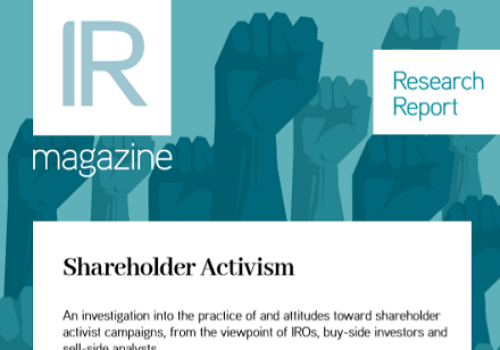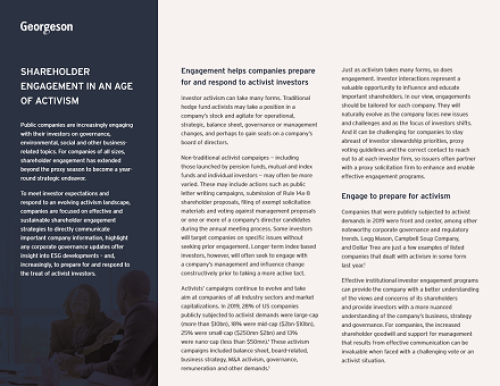How do the two regions compare?
This article was produced by ELITE Connect and originally published on the ELITE Connect platform
While the US and Europe enjoy many comparable parallels, the issue of activism remains a more significant concern for the former, with high-profile company cases such as DuPont serving as a perfect example. But why is activism more prolific in the US? And what can IROs do to minimize the chances of activism?
We hear from Keith Gottfried, partner & shareholder activism defense practice leader at Morgan Lewis & Bockius, and Paul Lee, head of corporate governance at Aberdeen Asset Management, who share their opinions on the subject.
Activism in the US is still thriving, according to Gottfried, who observes that 2017 has already been a particularly busy year for challenges. ‘As the year progresses, we’re continuing to see a lot of activism, with companies getting notices of nomination or being threatened with other activist campaigns,’ he says. ‘This shows no sign of slowing down, with small and micro-cap companies in particular still experiencing significant activism.’
The main catalyst for greater levels of activism in the US compared with Europe can largely be attributed to the differences in the relationships between companies and their shareholders, says Lee: ‘The relationship in the US hashistorically been so combative and mediated by lawyers that a significant gap has developed. It is into this gap that the activists have come, essentially an arbitrage play between the different views that have developed over time because of that failure of communication.’
The fact that European companies take more of a direct communications approach works in their favor. ‘In Europe there has been less of a gap allowed to develop, because there has tended to be better dialogue, better disclosure and better access to boards,’ Lee points out. ‘There is therefore less need, and less scope, for activists and arbitrage as the gap in opinions is less pronounced. As a result, the regular predictions that US activists will arrive shortly have all proven false over the years. The activists that have arrived in Europe or have grown in Europe are less noisy, more relational and fewer in number.’
In terms of the future, US companies’ relationships with their shareholders are slowly improving, ‘the gap is closing as companies are now working harder to build relationships with their long-term shareholders and board directors are making themselves more accessible to investors, though many written materials are still compliance-driven rather than communication-driven compared with European companies,’ says Lee.
Gottfried, however, advises that there’s still much work to be done around proactive positioning in the US. ‘Companies need to understand that, at the end of the day, they have two products to market: they have the product they sell to customers to bring in their revenue, and they have their shares, which they sell to investors,’ he notes.
‘They need to effectively market to both of these groups and think of their investors more like customers. Lots of companies don’t think they need to market their shares or sell their strategy and value creation plan, so they aren’t spending the same time and resources on their IR function as they do their marketing. It’s ironic that when they’re in an activist situation, companies are willing to spend the money and talk about strategic positioning and value creation, but this is something they should be concentrating on all along.’
For IROs working to minimize activism in either the US or Europe, Lee advises that a proactive communications and networking strategy is essential. ‘Often it is too late to act once an activist arrives, so IROs need to work to develop relationships with their investors, and particularly their long-term stable shareholders, to avoid gaps in understanding developing,’ he explains. ‘It is best to avoid these relationships being intermediated, and it’s crucial to listen to investor views so their thinking can be taken properly into account.’
Gottfried echoes this, and recommends that effective IROs employ the same tactics as politicians. ‘To effectively pre-empt activist challenges, companies need to be running their shareholder messaging like a political campaign,’ he advises. ‘Politicians are permanently in campaign mode, and companies should be using their IR function to do the same, communicating in a thoughtful and accurate manner their narrative on how they drive and build shareholder value, why investors should buy shares, and why the current board can be trusted to run the company.’


